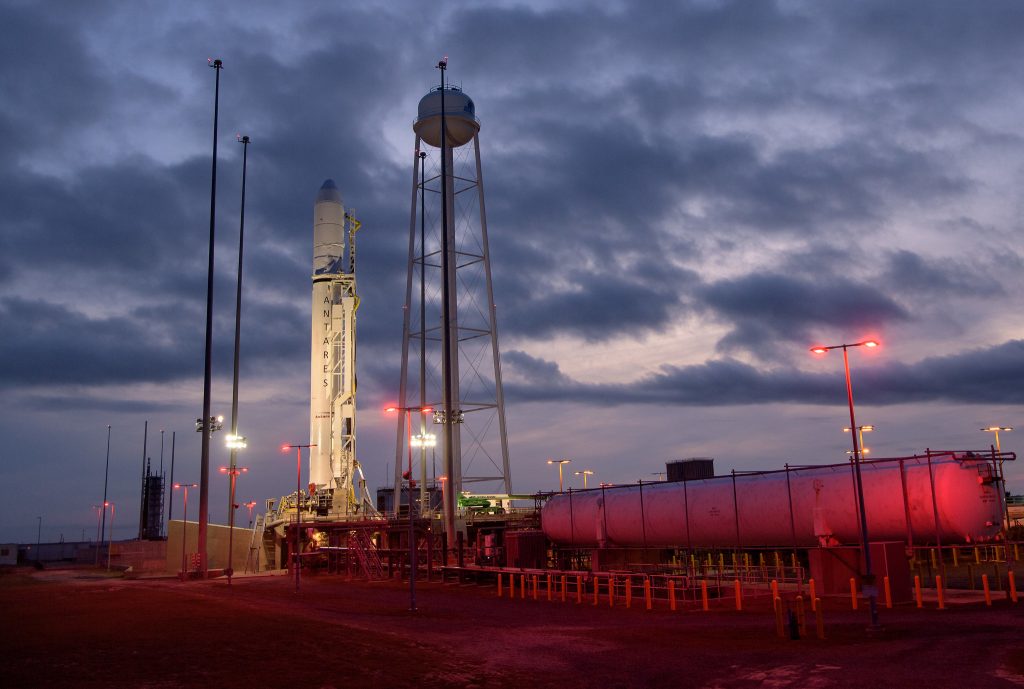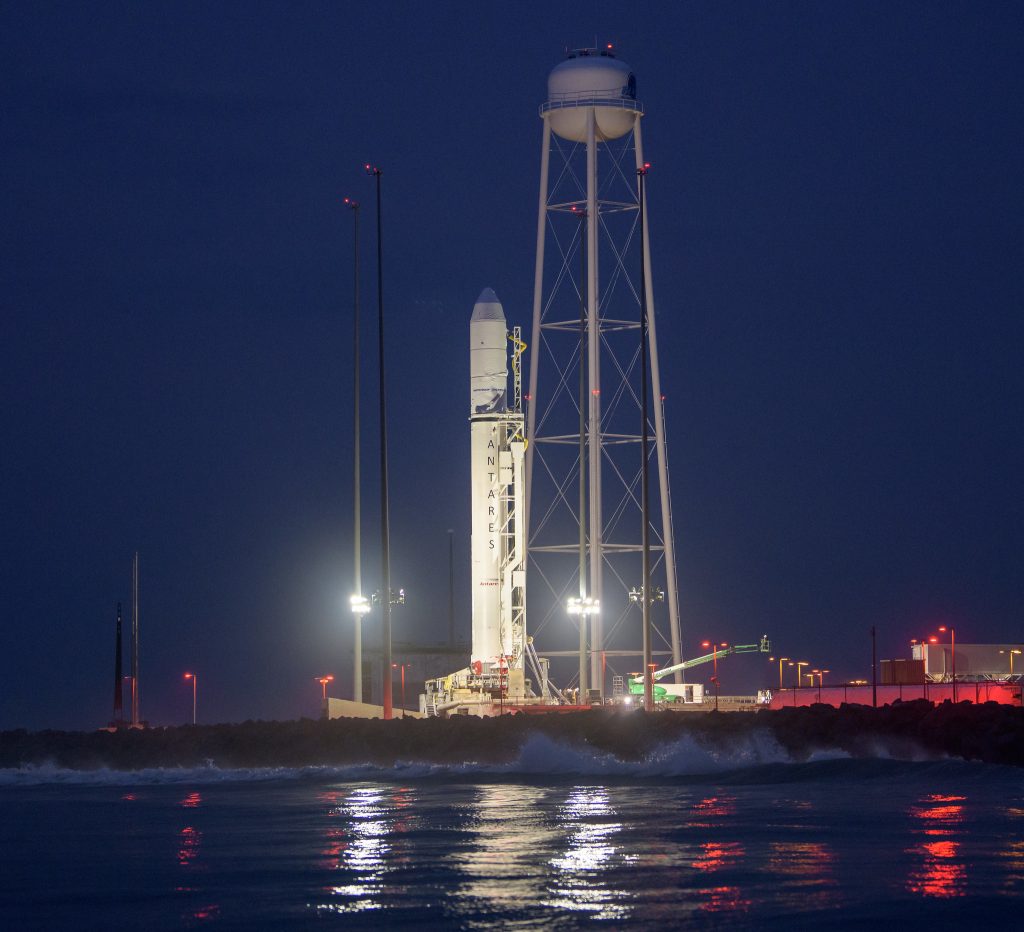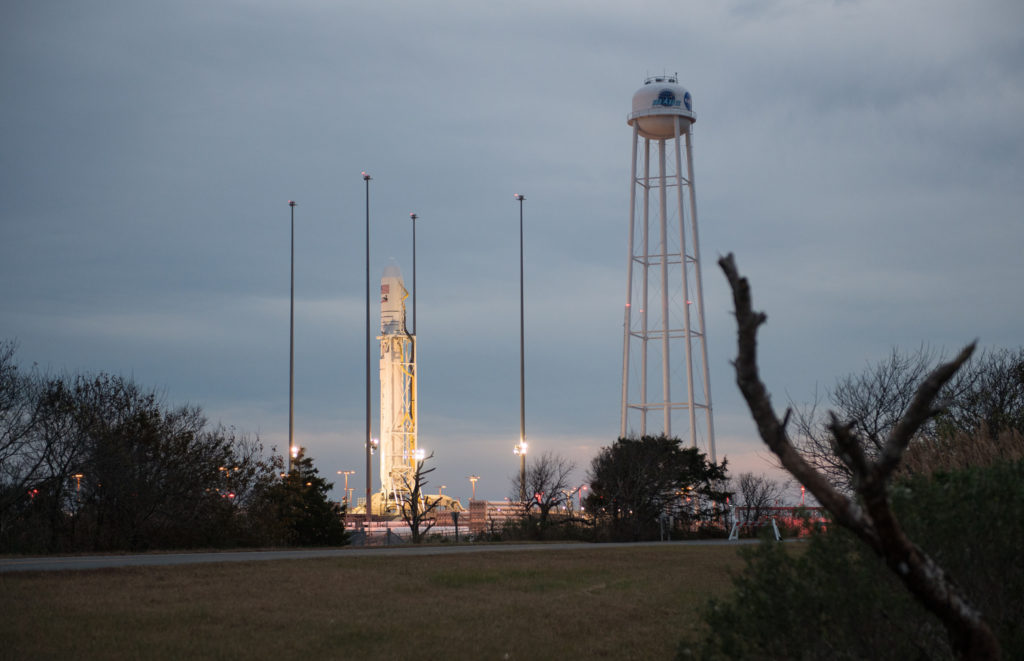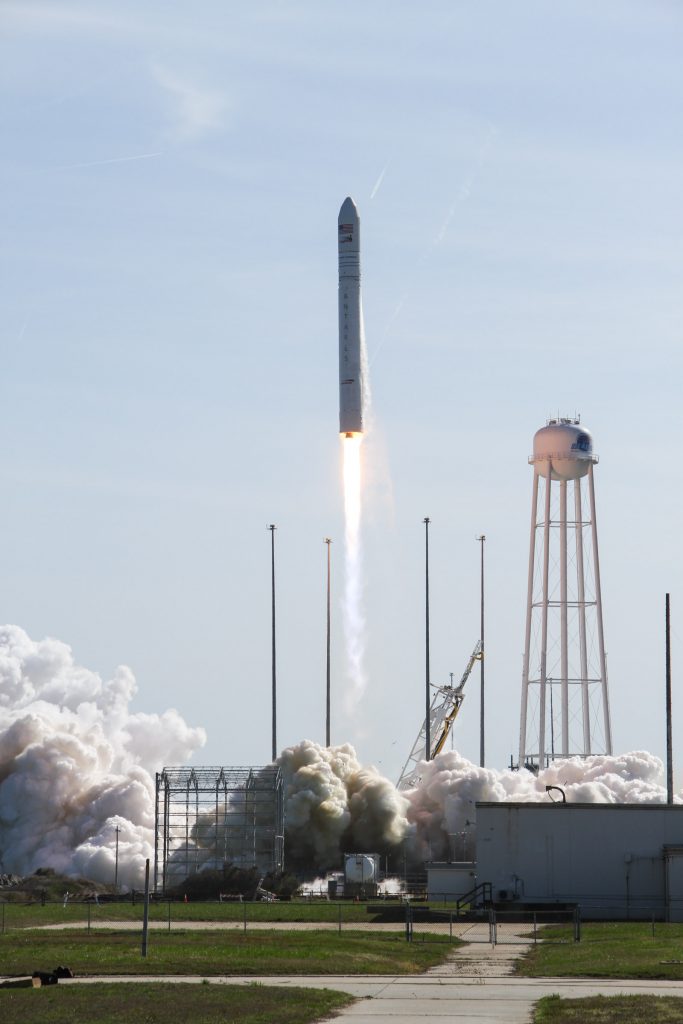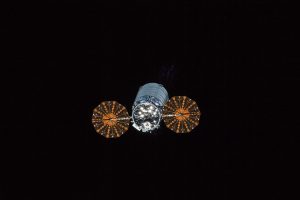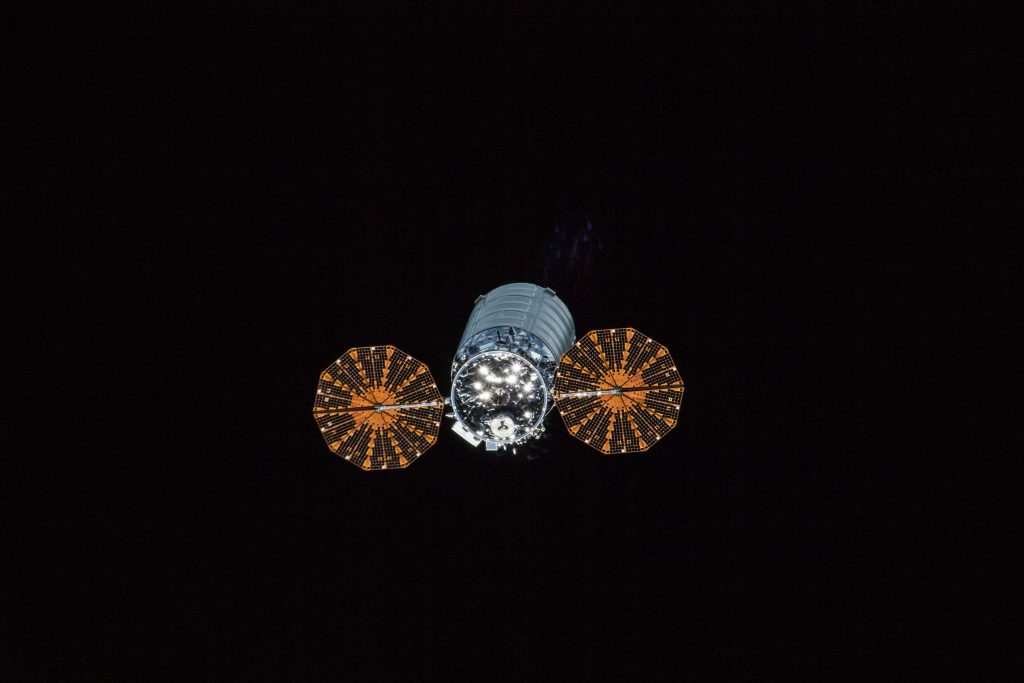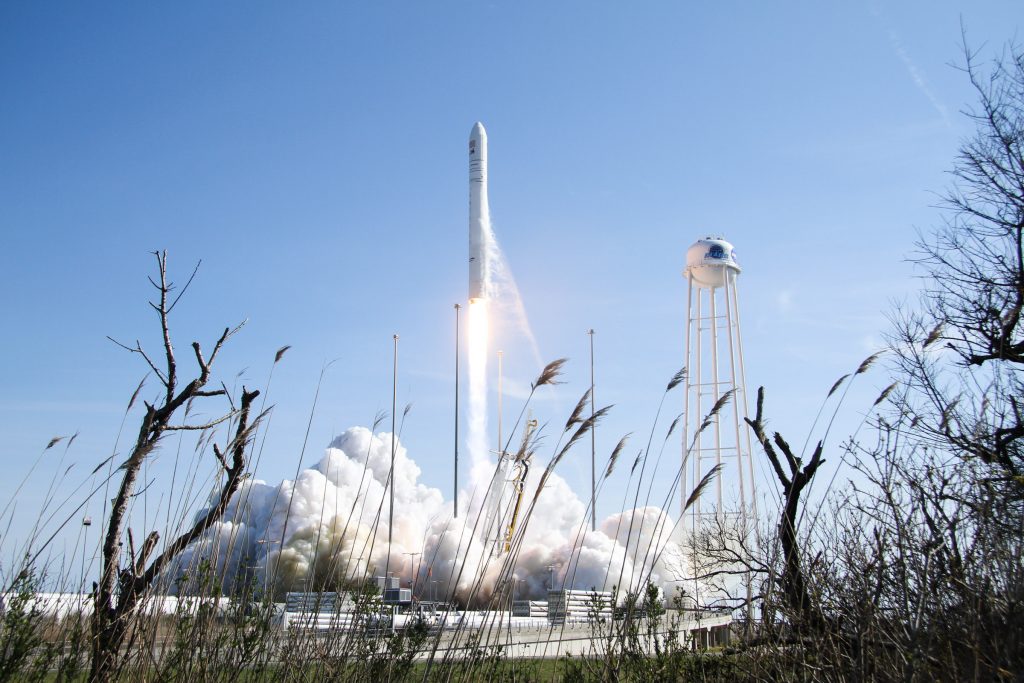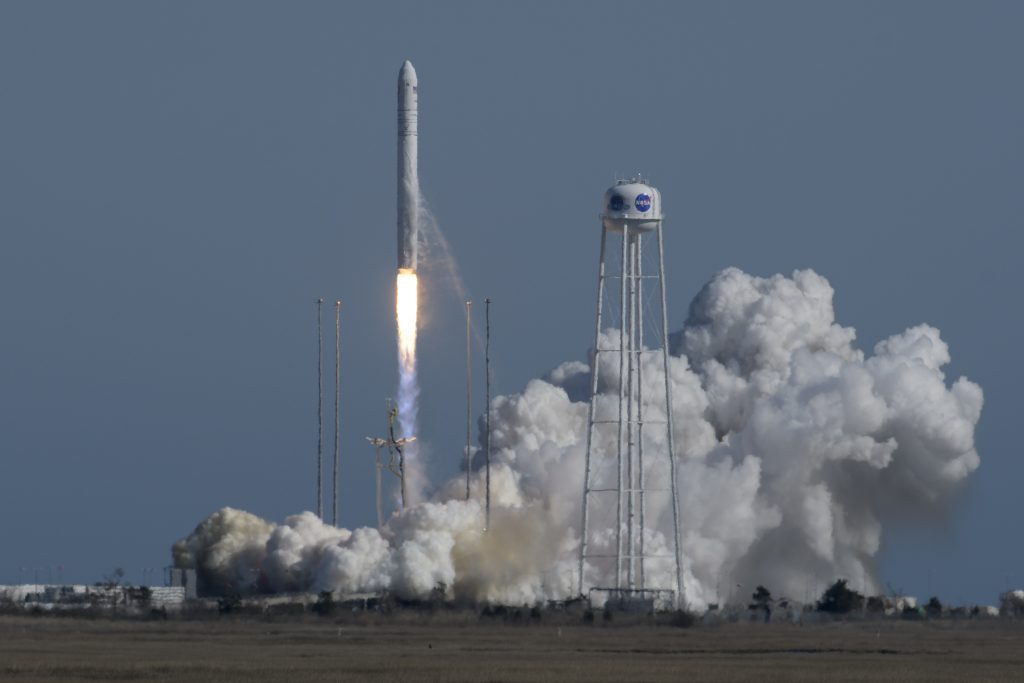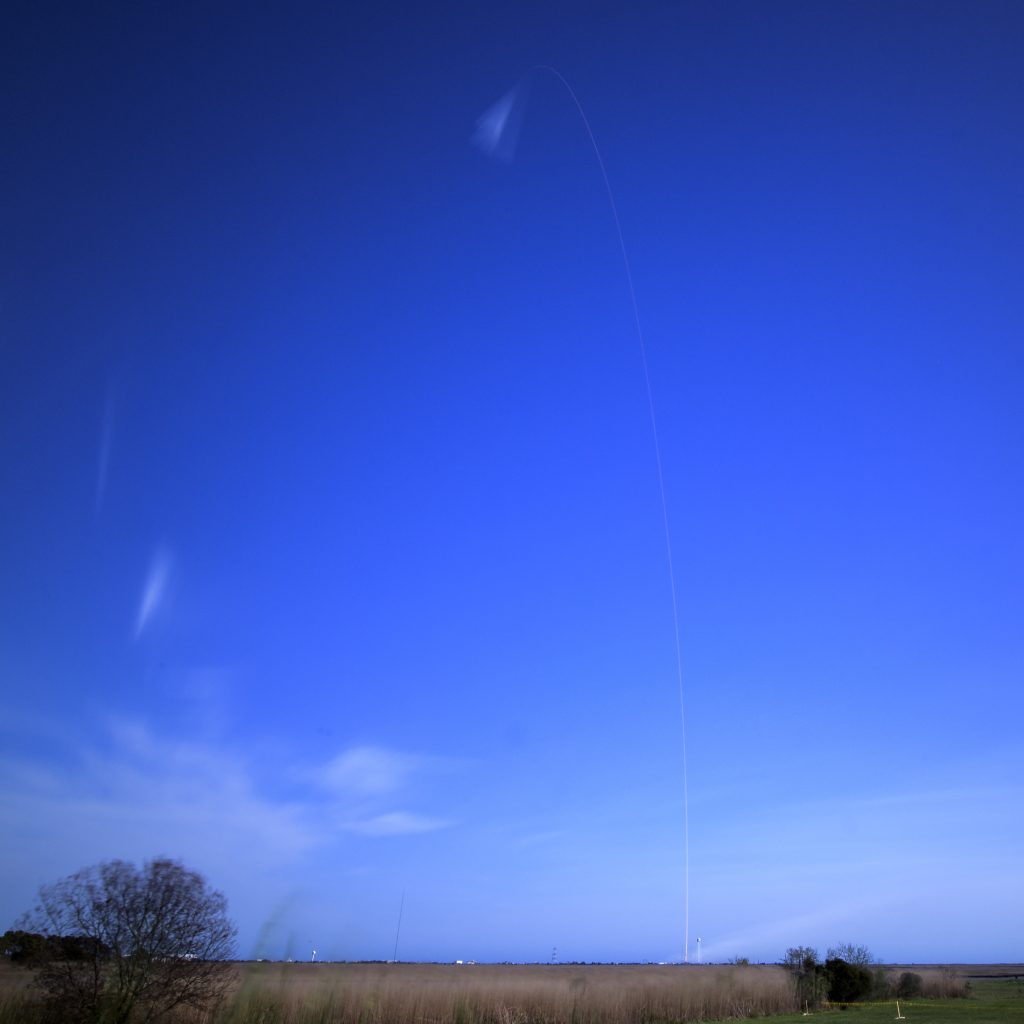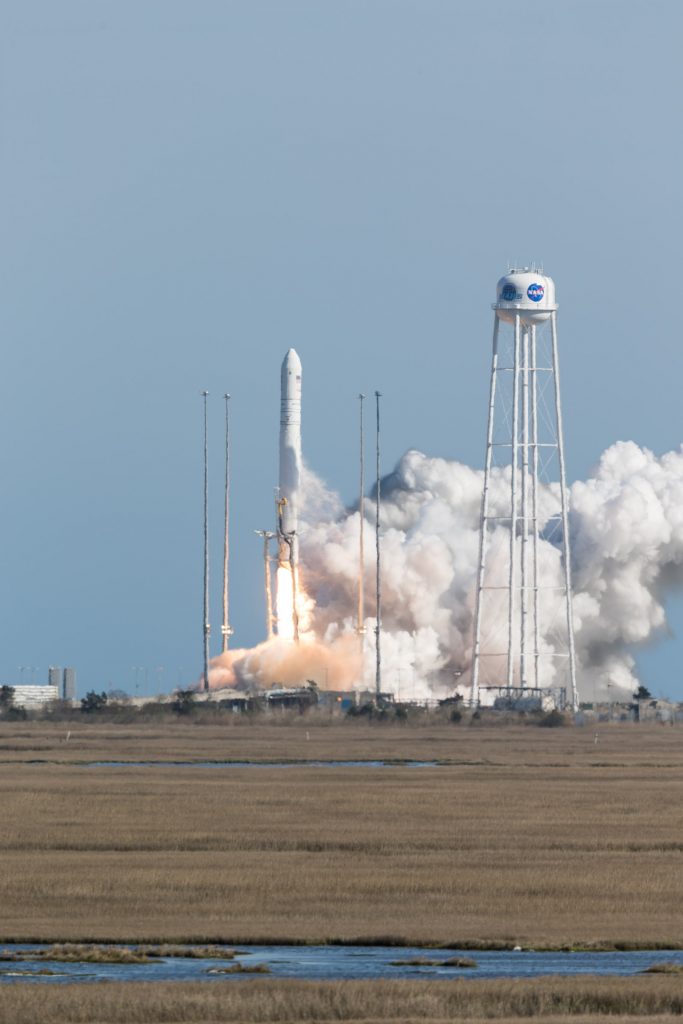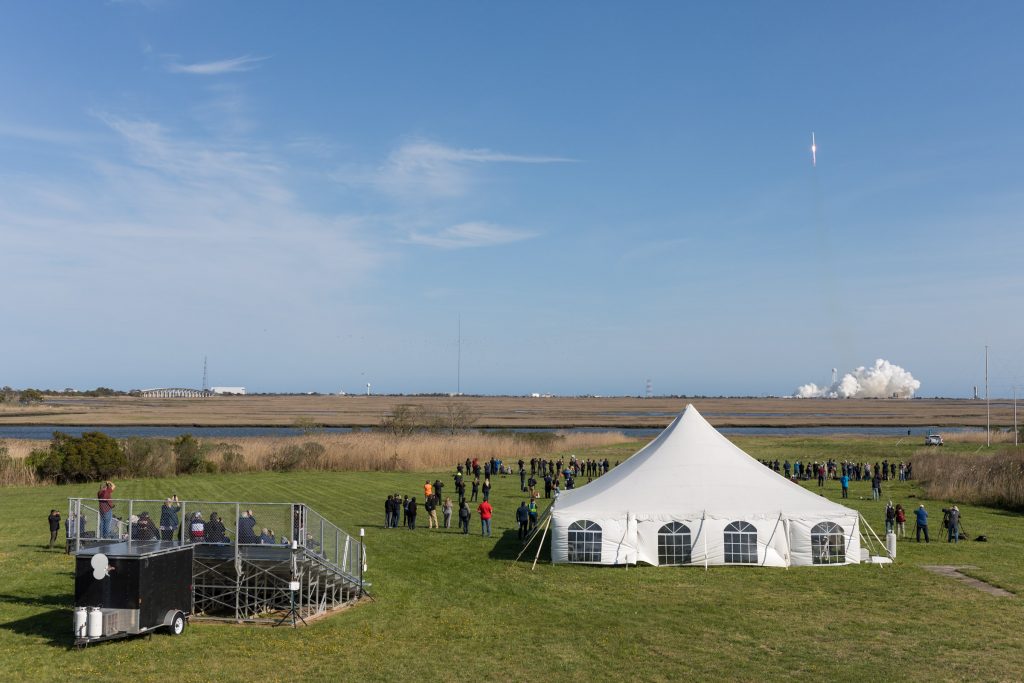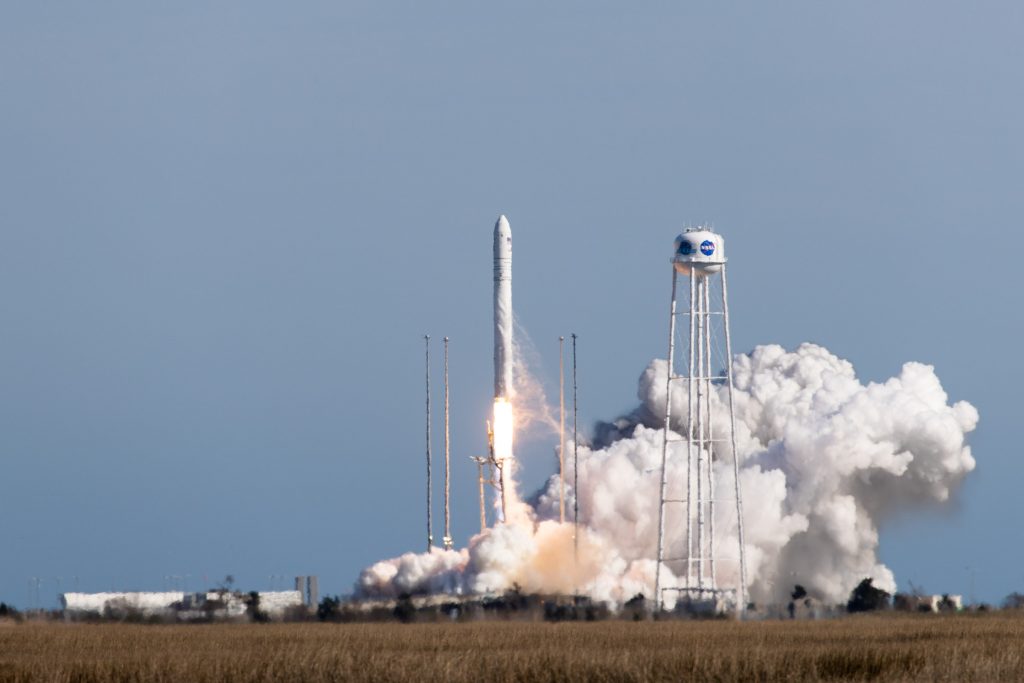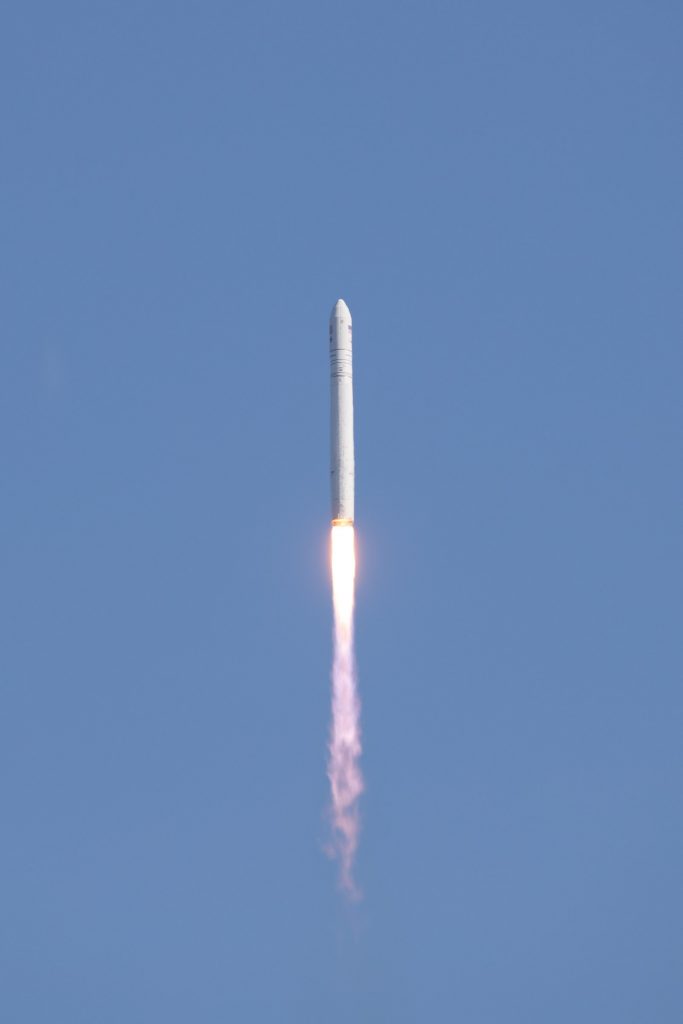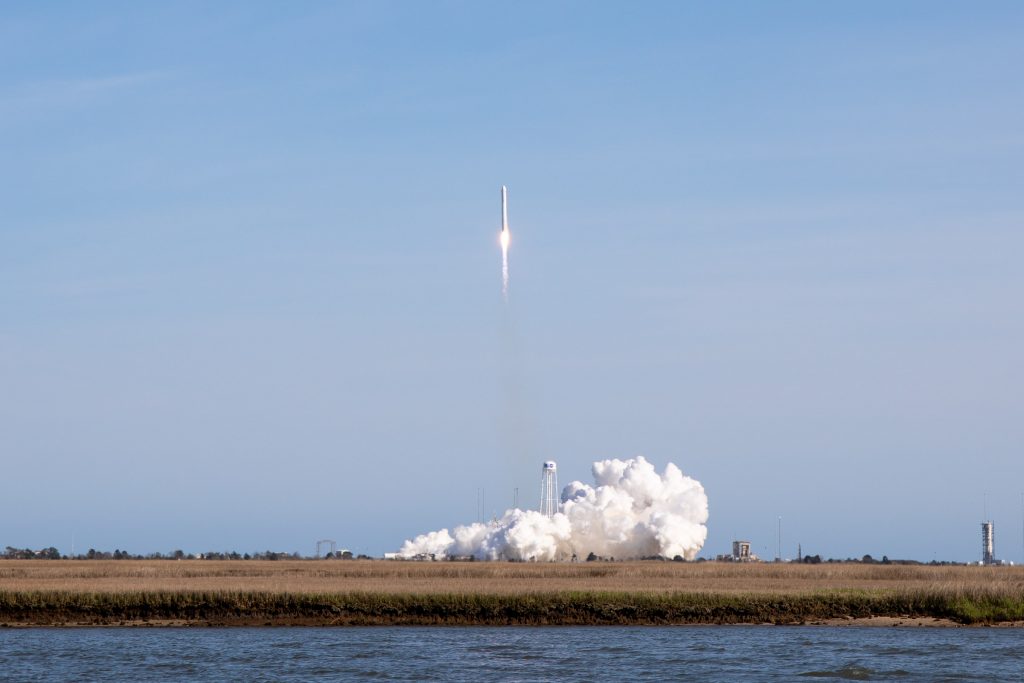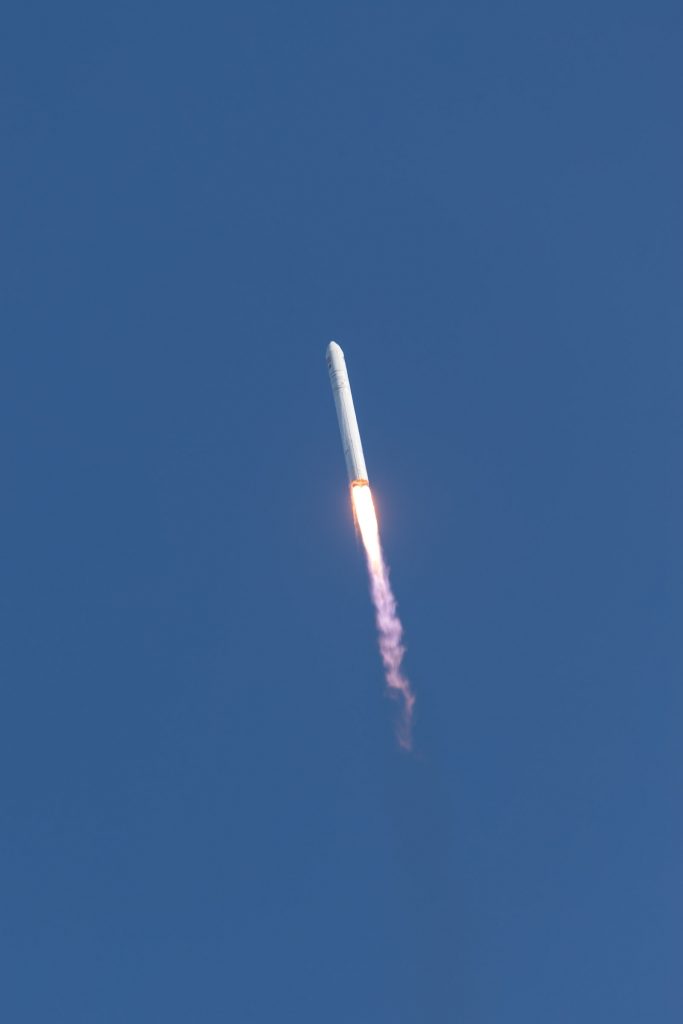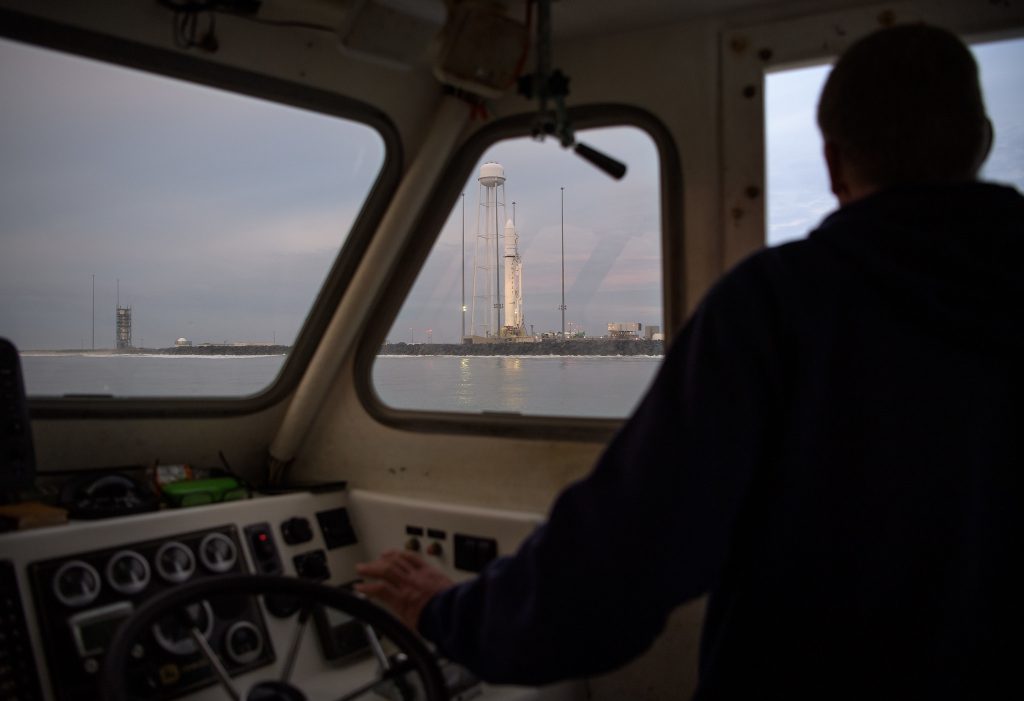
The latest weather forecast stands at 95% favorable for the launch of Northrop Grumman’s Antares rocket from Virginia Space’s Mid-Atlantic Regional Spaceport at NASA’s Wallops Flight Facility in Virginia. At this time, the only weather concern being tracked is a very slight chance of cloud ceilings for a launch attempt on Saturday morning.
Northrop Grumman’s 12th contracted cargo resupply mission with NASA to the International Space Station will deliver approximately 8,200 pounds of science and research, crew supplies and vehicle hardware to the orbital laboratory and its crew. NASA’s commercial partner Northrop Grumman is scheduled to launch its Antares rocket carrying its Cygnus cargo spacecraft to the International Space Station at 9:59 a.m. EDT on Nov. 2.
Follow launch activities at the launch blog and @NASA_Wallops and learn more about space station activities by following @space_station and @ISS_Research on Twitter as well as the ISS Facebook and ISS Instagram accounts.

